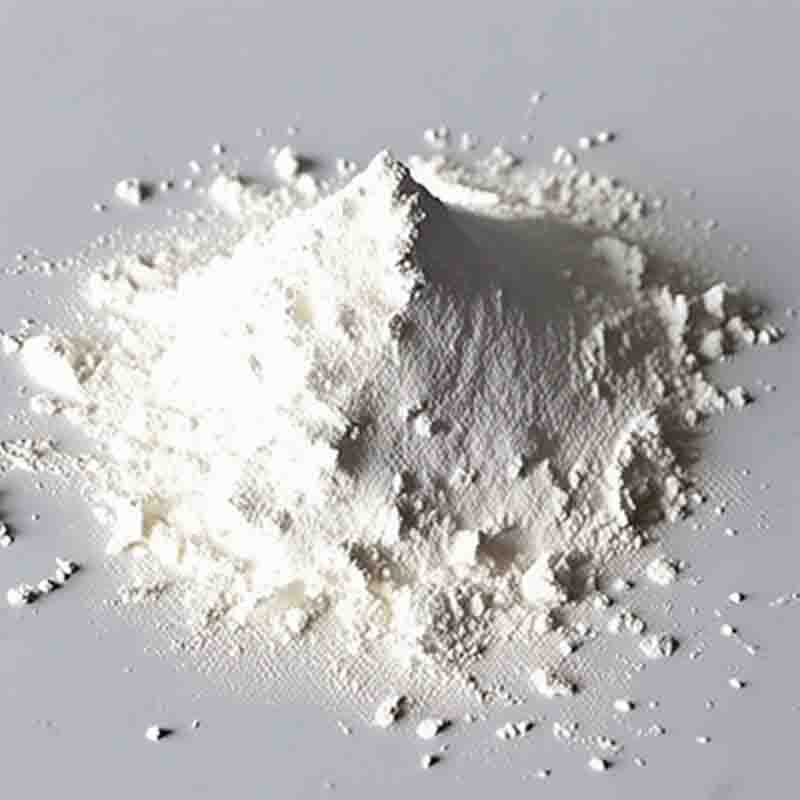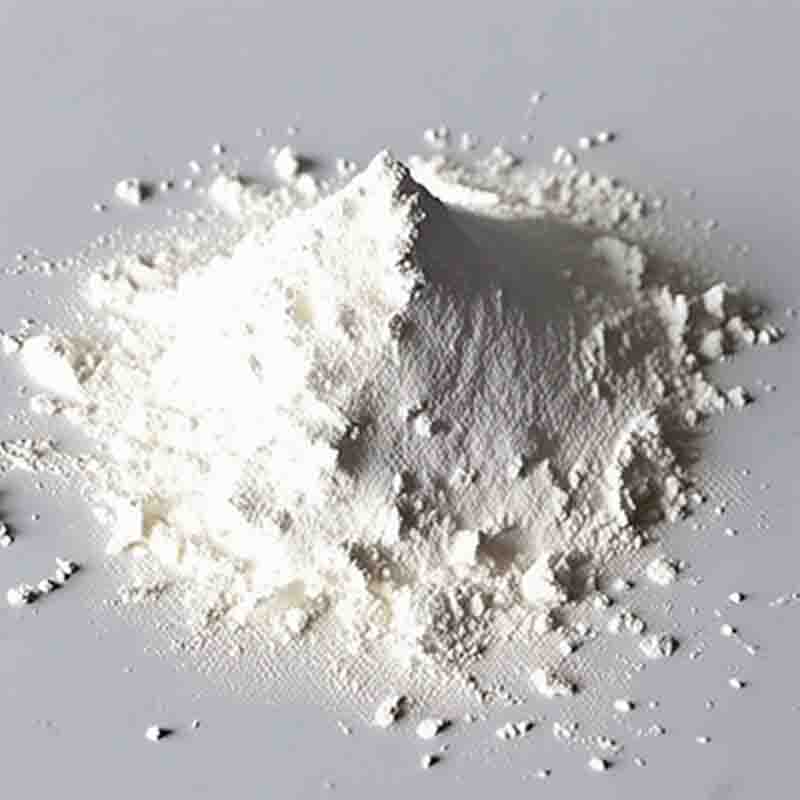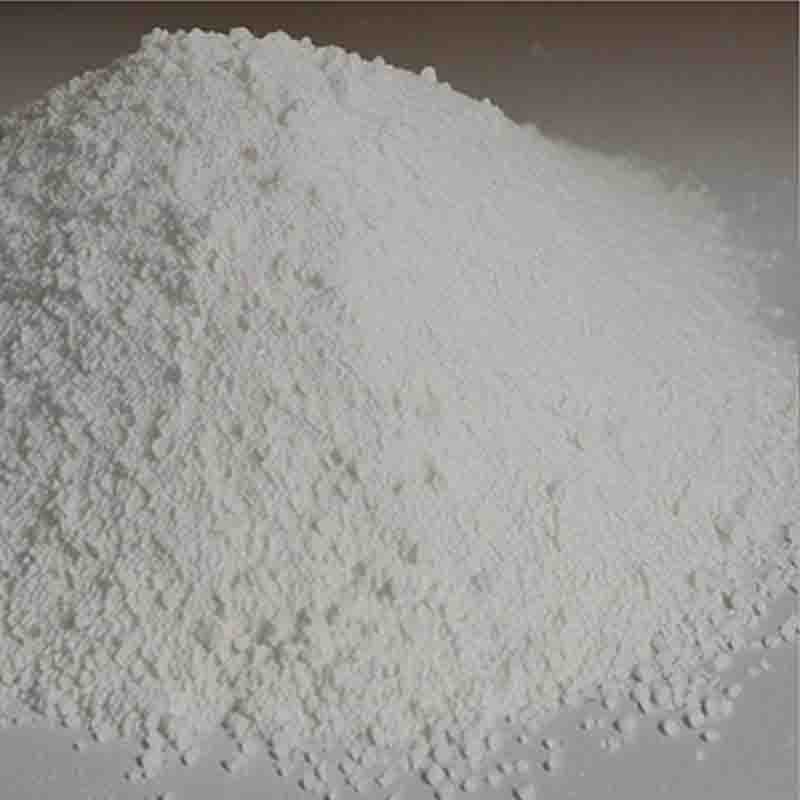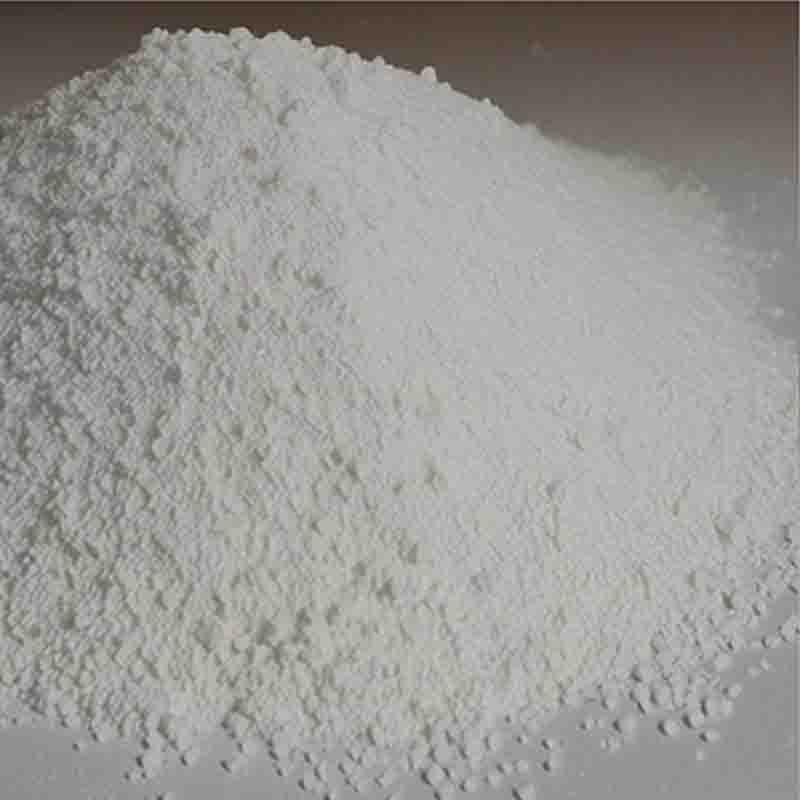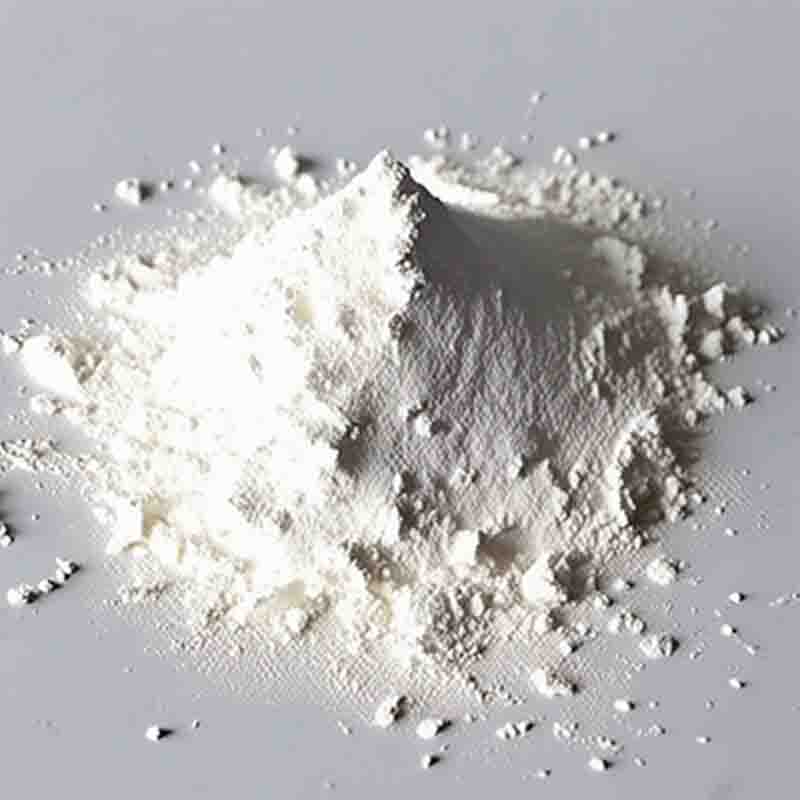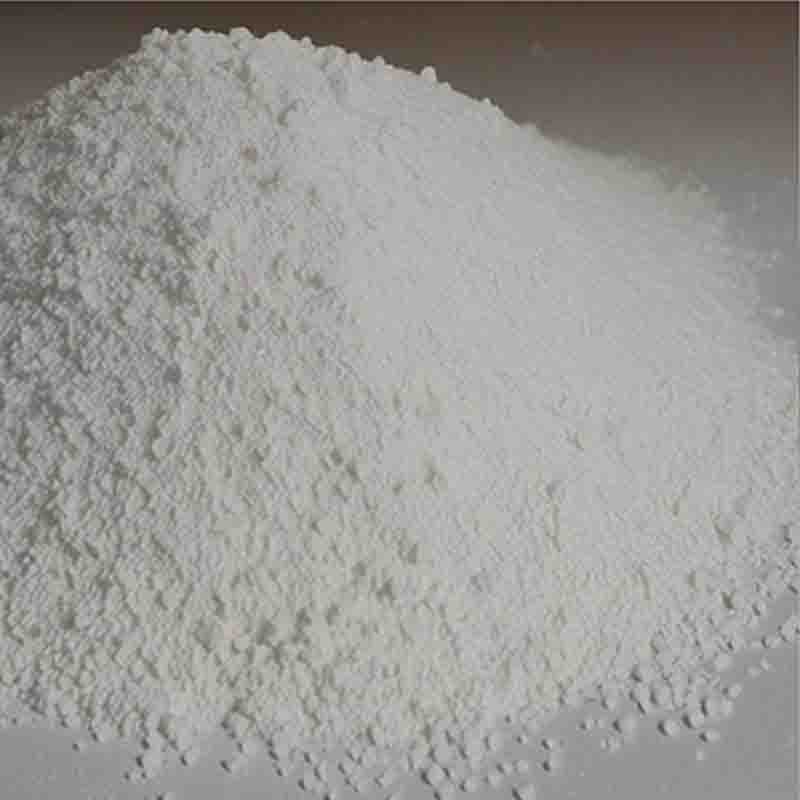Oxygen-fluorineacid CAS:82419-35-0
| Catalog Number | XD95648 |
| Product Name | Oxygen-fluorineacid |
| CAS | 82419-35-0 |
| Molecular Formula | C13H9F2NO4 |
| Molecular Weight | 281.21 |
| Storage Details | Ambient |
Product Specification
| Appearance | White powder |
| Assay | 99% min |
Oxygen-fluorine acid refers to a group of compounds that contain oxygen, fluorine, and hydrogen. These compounds are known for their unique chemical properties, which have several effects in various fields.One of the notable effects of oxygen-fluorine acids is their strong acidity. These compounds, such as perfluorosulfonic acid (PFSA) and perfluorocarboxylic acid (PFCA), have extremely low pKa values, indicating their ability to donate protons and exhibit strong acid properties. Oxygen-fluorine acids are used as catalysts and proton exchange membranes in fuel cells due to their high proton conductivity. Their high acidity also makes them effective in industries such as petroleum refining, organic synthesis, and polymerization reactions.Additionally, oxygen-fluorine acids have remarkable thermal and chemical stability, making them resistant to high temperatures and harsh chemical environments. This stability allows them to be used in a wide range of applications, including construction materials, anti-corrosion coatings, and specialty chemicals. PFSA, for example, is the main component of the commercially available ion-exchange membrane material Nafion, widely used in fuel cells and water electrolysis systems.Moreover, oxygen-fluorine acids exhibit unique solvent properties. Due to their strong polarity and hydrogen bonding abilities, these compounds have high solubility in organic solvents and water. Oxygen-fluorine acids are commonly used as solvents, cleaning agents, and dispersants in various industries, including electronics, pharmaceuticals, and textiles.Furthermore, oxygen-fluorine acids are associated with environmental concerns. Because of their high stability, they have low reactivity and degraded slowly, leading to potential bioaccumulation and environmental persistence. This can pose risks to ecosystems and human health. Therefore, there is ongoing research and regulation regarding the use and disposal of these compounds to minimize their impact on the environment.In conclusion, oxygen-fluorine acids exhibit strong acidity, exceptional thermal and chemical stability, unique solvent properties, and environmental considerations. These characteristics make them valuable in several industries, including fuel cells, petroleum refining, construction materials, and specialty chemicals. However, their potential environmental impact necessitates responsible use and disposal practices.


